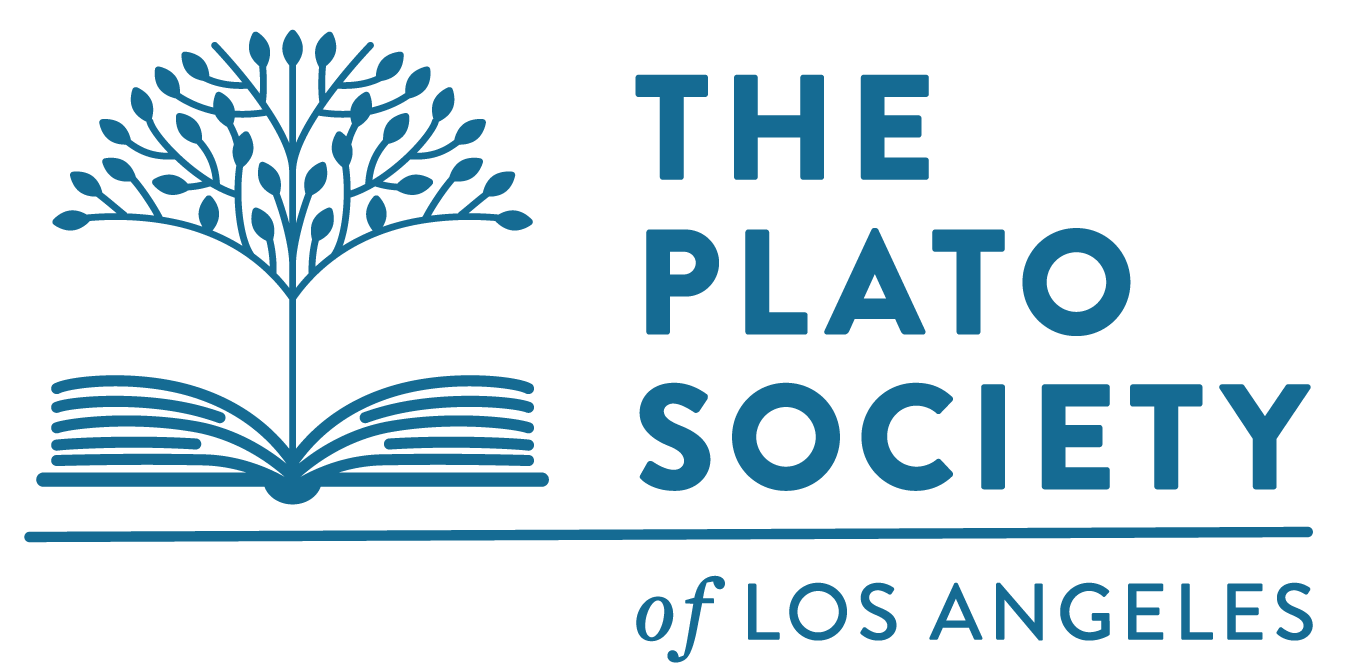Description
The years 900 to 200 BCE were identified as the Axial Age by the German philosopher Karl Jaspers (The Origin and Goal of History) During that time, in four distinct regions of the world, four great spiritual and intellectual traditions came into being: Confucianism and Daoism in China; Hinduism and Buddhism in India; monotheism in Israel; and philosophical rationalism in Greece. All these traditions had in common the core doctrine that it was not what you believed that mattered but how you behaved. Ritual became less important than ethical behavior. Morality was placed at the center of spiritual life. Jaspers wrote: "What is new about this age is that man becomes conscious of Being as a whole, of himself and his limitations. . . . In this age were born the fundamental categories within which we still think today . . . Hitherto unconsciously accepted ideas, customs and conditions were subjected to examination, questioned and liquidated." Karen Armstrong, revisits and reexamines these traditions, beginning with a close look at the pre-Axial religions of early antiquity. Her thesis is that the insights of the Axial Age have never been surpassed, and she urges us to look back to them for guidance.
Weekly Topics
Introduction and ch. 1: The Axial Peoples (c. 1600 to 900 BCE)
Ch. 2: Ritual (c. 900 to 800 BCE)
Ch. 3: Kenosis (c. 800-700 BCE)
Ch. 4: Knowledge. 700 to 600 BCE)
Ch. 5: Suffering (c. 600 to 530 BCE)
Ch. 6: Empathy (c. 530-450 BCE)
Ch. 7: Concern for Everybody ((c. 450 to 398 BCE)
Ch. 8: All Is One (c. 400 to 300 BCE)
Ch. 9: Empire (c. 300-220 BCE)
Ch. 10: The Way Forward
Bibliography
Karen Armstrong, The Great Transformation: The Beginnings of Our Religious Traditions (Knopf, 2006)








